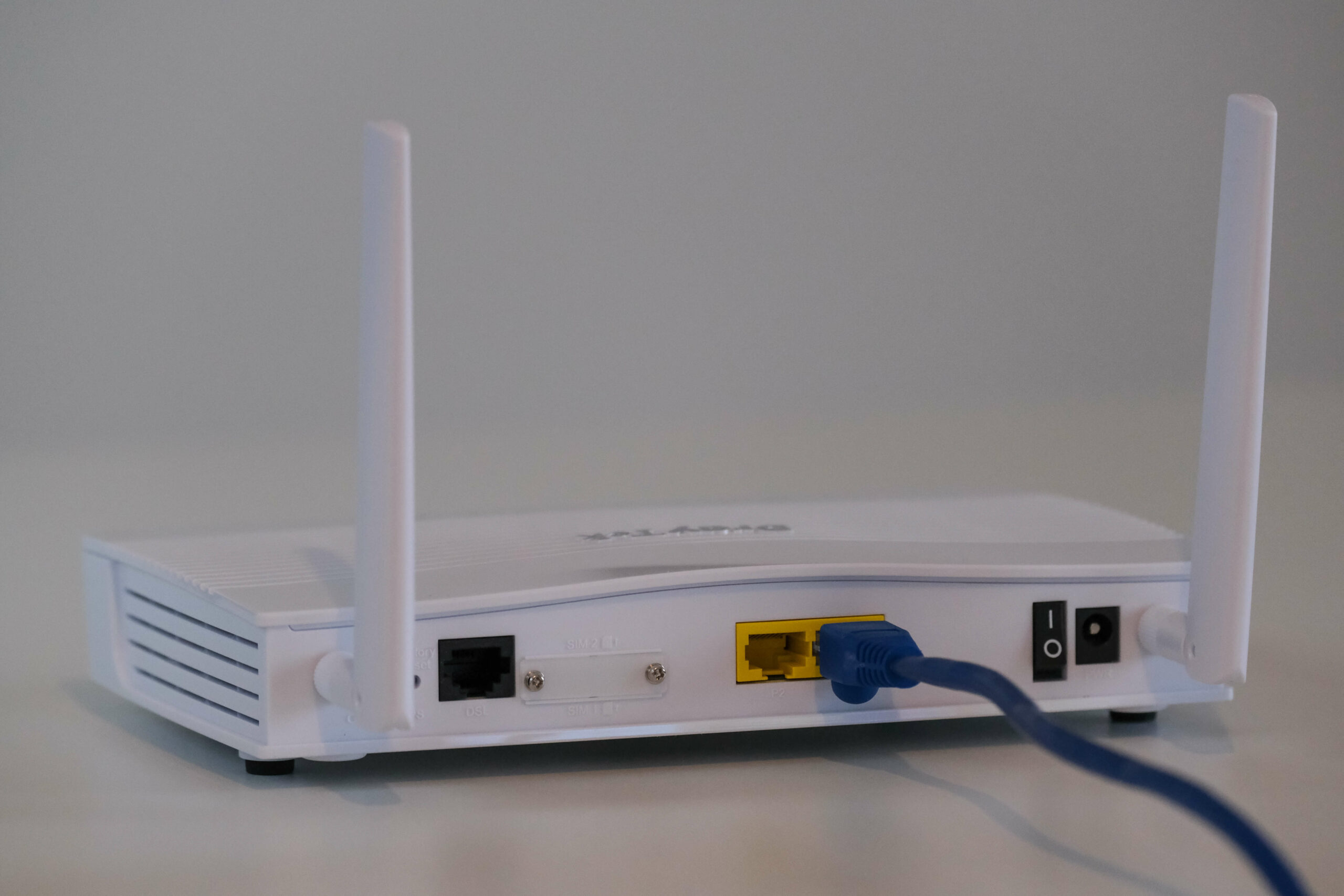Understanding the difference between network bandwidth and speed helps businesses choose the right colocation and server hosting plans for their applications and services. The concepts are related, but the difference is important to data center users who rely on optimal network performance.
In this article, we’ll explain these two networking concepts, explore the impact of latency, and provide suggestions for enhancing network speeds.
What Is Network Bandwidth?
Bandwidth refers to the maximum amount of data that can be transmitted between two points within a given period. It is typically measured in bits per second (bps) or its multiples, such as Megabits per second (Mbps) or Gigabits per second (Gbps). A higher bandwidth indicates a greater capacity for data transfer and support for a larger number of simultaneous connections.
What Is Network Speed?
Network speed, or throughput, refers to the actual rate at which data packets are transmitted between devices within a network. It is commonly measured in the same units as bandwidth.
A network’s speed can be impacted by several factors, including the quality of the physical infrastructure (e.g., cabling, networking hardware), the type of data being transmitted, and the amount of traffic passing through the network. Additionally, speed can be influenced by network latency and congestion, which can cause delays in data transmission and reduce the overall efficiency of the network.
Bandwidth isn’t synonymous with speed. While bandwidth represents the total capacity for data transfer, speed is the actual rate at which data is transmitted within the network.
How Latency Impacts Network Speed
Latency is the time delay as data packets travel from their source to their destination within a network. It can be caused by numerous factors, such as the physical distance between devices, the number of devices on the network, and the quality of the network’s infrastructure.
Higher latency can lead to slower network speeds, as it takes longer for data packets to reach their intended destination. This can be especially problematic for applications that require real-time communication, such as video conferencing or online gaming.
Optimizing Bandwidth and Speed
There are several strategies to optimize both bandwidth and speed within a network, including reducing latency, focusing on proximity and direct interconnection, and monitoring and improving network performance.
Reducing Latency
Minimizing latency is essential for maintaining fast network speeds. One way to achieve this is by using high-quality networking equipment, such as switches and routers, to process and forward data packets efficiently. Data center users should also make sure the available bandwidth meets the service’s demands. If a network connection becomes saturated — that is, it operates close to its maximum capacity — latency will increase.
Another technique for reducing latency is implementing Quality of Service (QoS) policies within the network. QoS policies can prioritize certain types of data traffic, ensuring that latency-sensitive applications receive the bandwidth and prioritization to function optimally.
Proximity and Direct Interconnection
The physical distance between devices within a network can significantly impact latency and, consequently, network speed. Data centers, for example, can benefit from being located closer to their users, as this reduces the distance that data packets need to travel, thereby lowering latency.
Direct interconnection, or a direct network connection between two points, can also help minimize latency. By bypassing intermediate networks and devices, direct interconnections reduce the number of hops that data packets must take to reach their destination, resulting in faster data transmission and improved network speed.
Monitoring and Improving Network Performance
Regularly monitoring network performance can help identify potential bottlenecks and areas for improvement. Network monitoring tools can track bandwidth utilization, latency, and packet loss, allowing network administrators to diagnose issues and implement necessary changes to optimize performance.
Capacity planning and scalability should also be considered, as expanding the network’s bandwidth capacity can accommodate future growth and increased traffic demands. Businesses can maintain high network speeds and avoid performance degradation by ensuring that the network has sufficient resources to handle data traffic.
Conclusion
Understanding the difference between connection bandwidth and speed is crucial for choosing the best hosting provider and hosting plan. It also plays a key role in optimizing network performance.
Liberty Center One offers a wide range of bandwidth options for cloud platform and colocation hosting clients. Our networks are optimized for the lowest latencies and the highest throughputs, with multiple connections to tier-1 bandwidth providers and interconnect to multiple data centers. To learn more, talk to our experienced IT infrastructure specialists today.
